Fractions Teaching Resources
Make math lesson planning a breeze with printable fractions worksheets, fun activities, games, and more teaching resources for the elementary classroom.
This collection of curriculum-aligned printable and digital resources has been created just for teachers by the teachers on the Teach Starter team. That means each resource has undergone an in-depth review before being published to ensure it's ready for the classroom and your students! Inside this collection, you'll find editable resources you can easily differentiate for individual learners plus math center activities and fun games to help students understand how to add and divide fractions and more.
New to teaching this section of the math curriculum? Read on for a guide to all things fractions from our teacher team!
What Are Fractions?
It may be basic, but we need to start somewhere! Fractions are, of course, mathematical expressions that represent a part of a whole or a ratio of two quantities. Fractions can be used to represent quantities that are not whole numbers, and they are an important part of arithmetic, algebra, and other areas of math that our students explore throughout their elementary and high school education.

Understanding numerators and denominators is an essential skill as students dive into adding, subtracting, multiplying, and dividing fractions.
Next, let's dive into the most common topics we cover when we're teaching fractions!
Proper Fractions vs. Improper Fractions
Teaching fractions involves teaching students a lot of new vocabulary! Two terms your class will need to know early on in your lessons are:
- Proper Fractions: This is a fraction where the numerator (the top part) is less than the denominator (the bottom part). A proper fraction represents a value that is between 0 and 1. For example, 1/2 is a proper fraction because the numerator (1) is less than the denominator (2).
- Improper Fractions: This is a fraction where the numerator is greater than or equal to the denominator. An improper fraction represents a value that is greater than or equal to 1. For example, 3/2 is an improper fraction because the numerator (3) is greater than the denominator (2).

What Is a Unit Fraction?
We told you there was a lot of vocabulary involved! A unit fraction is a fraction whose numerator is 1 and whose denominator is a positive integer.
For example, 1/2, 1/3, 1/4, etc., are all unit fractions. Unit fractions are also examples of proper fractions, as they are always less than 1 in value.
When working with unit fractions in your classroom, students learn to represent these fractions with visual models where one piece of a partitioned shape is shaded in. Students also learn to build larger fractions by grouping unit fractions together.
As an example, 1/8 + 1/8 + 1/8 = 3/8.
What Is the Least Common Multiple?
Working on fractions with your upper elementary students? You may be tackling the least common multiple this school year. So let's talk about what that means. The least common multiple is another important term to define before diving into adding, subtracting, or comparing fractions.
Sometimes called the LCM, the least common multiple of two or more numbers is the smallest positive integer that is divisible by all of the numbers.
In order to find the LCM of two or more numbers, you can teach students to use one of several methods, including:
- The prime factorization method
- The listing method
- The division method

How Do You Add Fractions?
Once students understand the basics of fractions, it's time to teach how they work in relation to the different operations. We'll start with addition.
To add two or more fractions, students will need to:
- Find a common denominator (also known as the least common denominator or LCD) that is a multiple of the denominators of all the fractions. A common denominator can be found by finding the least common multiple (LCM) of the denominators.
- Once students have found the common denominator, they need to learn to convert each fraction so that it has the same denominator as the others. This is done by multiplying both the numerator and denominator of each fraction by the same number so that the denominator is equal to the common denominator.
- After converting the fractions to have the same denominator, they can add the numerators of the converted fractions.
- The denominator will be the least common denominator that was found earlier.
How Do You Subtract Fractions?
Finding the sum of fractions is one thing, but how do students find the difference?
- Students will once again need to find a common denominator — a common multiple of the denominators of the fractions.
- Once they have found a common denominator, they can convert each fraction so that it has the same denominator as the others.
- After converting the fractions to have the same denominator, students can subtract the numerators of the converted fractions to find the numerator of the difference. The denominator of the difference will be the common denominator that they found earlier.
How Do You Multiply Fractions?
Once students have adding and subtracting fractions down, they might find that multiplying is a lot simpler!
To multiply two or more fractions, you simply multiply the numerators (the top parts) together to get the numerator of the product, and then multiply the denominators (the bottom parts) together to get the denominator of the product.

How Do You Divide Fractions?
It's time for one last operation! Dividing fractions is one of the more complicated processes elementary students will have to handle when it comes to working with fractions. They will need to know how to invert fractions before they can dive in, aka flipping the numerator and denominator.
To divide fractions, teach students to:
- Invert the second fraction.
- Multiply the two fractions.
- Simplify the quotient — if possible — by finding the greatest common factor of the numerator and denominator and dividing both by it, to get the final answer in simplest form.
How Do You Simplify Fractions?
Simplifying a fraction is pretty, well, simple! It means reducing it to its simplest form. To do this, students will find an equivalent fraction that has the same value but with a smaller numerator and denominator. The numerator and denominator of a simplified fraction have no common factors other than 1.
To simplify a fraction, you can divide both the numerator and denominator by their greatest common factor. You'll then need to keep dividing by the greatest common factor until it is equal to 1, which means that the fraction can't be simplified any further. And there you have it — a simplified fraction!
- Free Plan
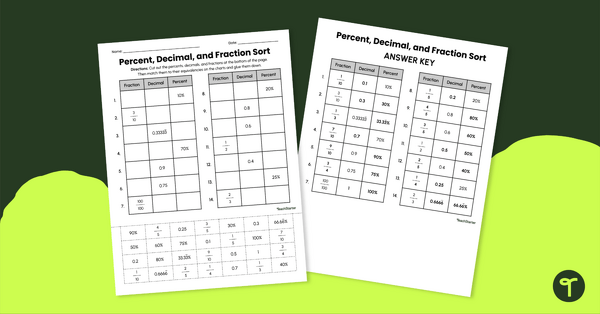
Percent Decimal Fraction Worksheet
Download this percent decimal fraction worksheet to give your students hands-on practice matching fraction, decimal, and percent equivalents.
- Free Plan
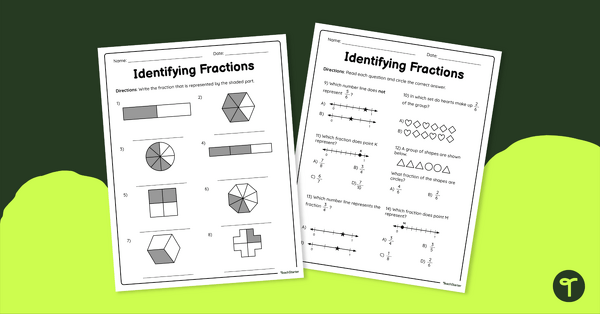
Identifying Fractions – Worksheet
Strengthen student understanding of fraction models, how to identify fractions on a number line, and determine a fraction of a set with this free worksheet.
- Free Plan

Improper Fractions Anchor Chart
Display this improper fractions anchor chart full of information about proper fractions, improper fractions, and mixed numbers for easy reference.
- Free Plan
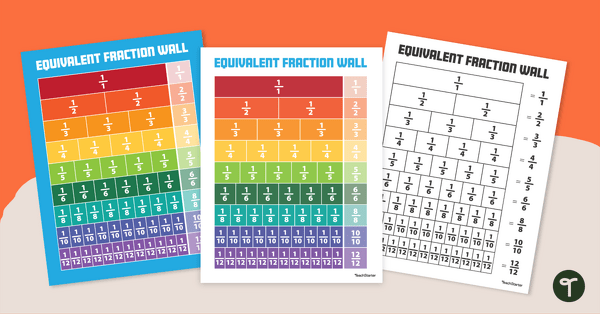
Equivalent Fraction Wall - Poster
Guide students to develop an understanding of fractions with the same value by using an equivalent fractions chart in your classroom.
- Free Plan
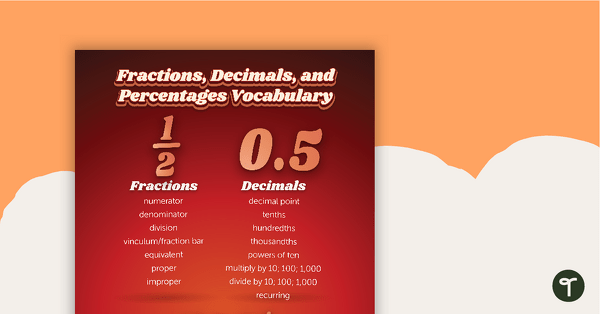
Fractions, Decimals, and Percentages Vocabulary Poster
A poster to help students learn the vocabulary associated with fractions, decimals, and percentages.
- Plus Plan
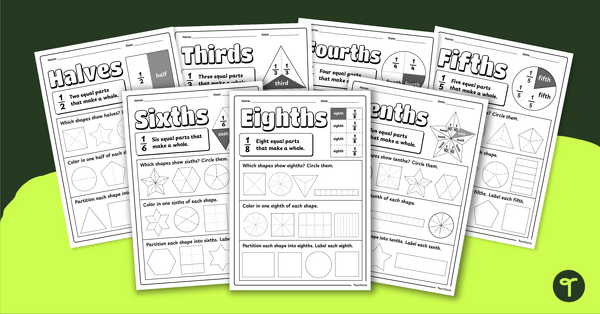
Introduction to Unit Fractions Worksheet Pack
Introduce your students to unit fractions with this set of teacher-created worksheets.
- Free Plan
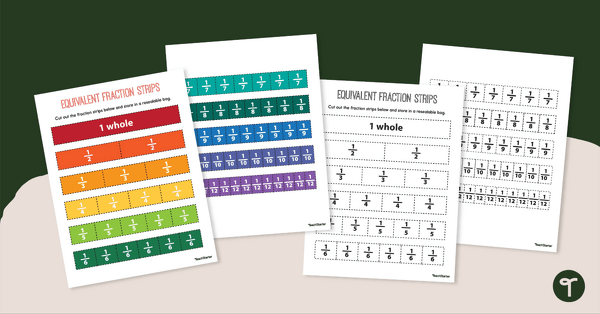
Fraction Strips
Promote hands-on learning in your classroom with this set of printable fraction strips.
- Plus Plan
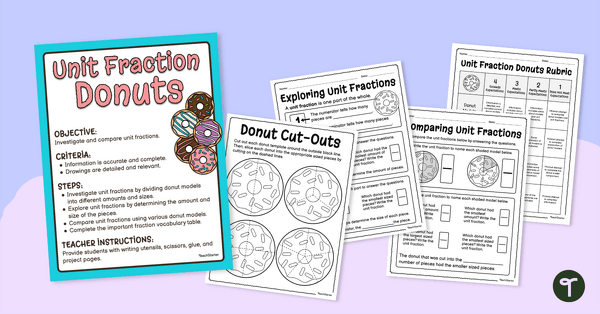
Unit Fraction Donut Investigation
Explore unit fractions in this fun donut-themed math investigation for your students.
- Free Plan
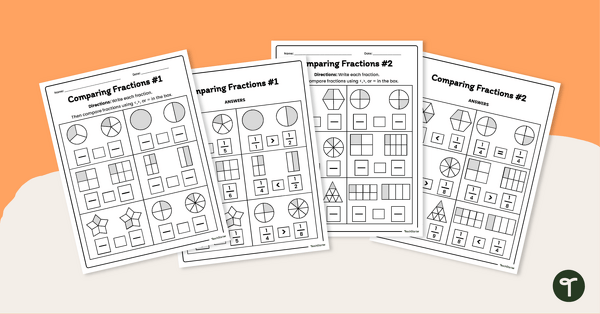
Comparing Unit Fractions Worksheets
Compare different unit fractions using this teacher-created set of worksheets.
- Plus Plan
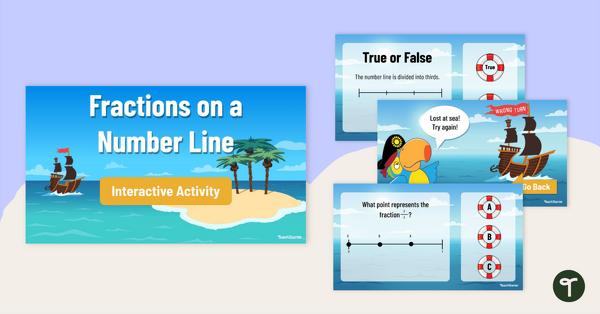
Fractions on a Number Line – Interactive Task Cards for 3rd Grade
Practice identifying fractions on a number line with this set of 24 interactive task cards designed for 3rd-grade students.
- Free Plan
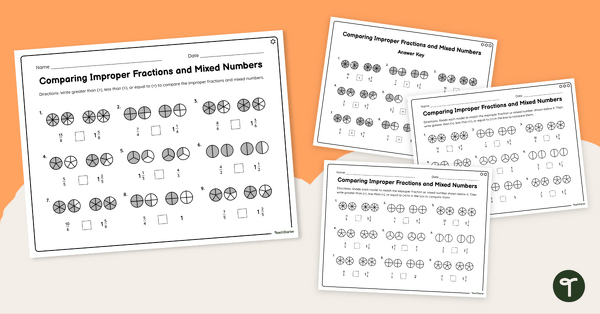
Comparing Improper Fractions to Mixed Numbers Worksheet Set
Use our comparing improper fractions to mixed numbers worksheet set to give your students practice representing and comparing fractions.
- Plus Plan
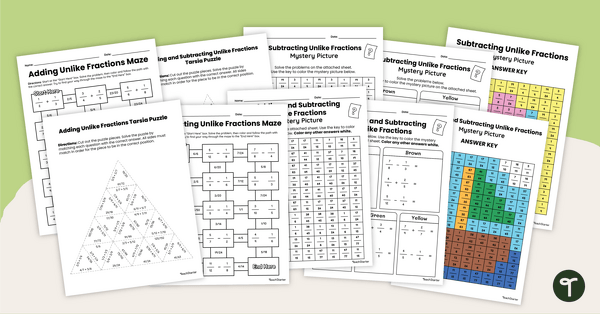
Adding and Subtracting Unlike Fractions Puzzle Pack
Get your students adding and subtracting fractions with unlike denominators with this set of nine fraction puzzles!
- Plus Plan
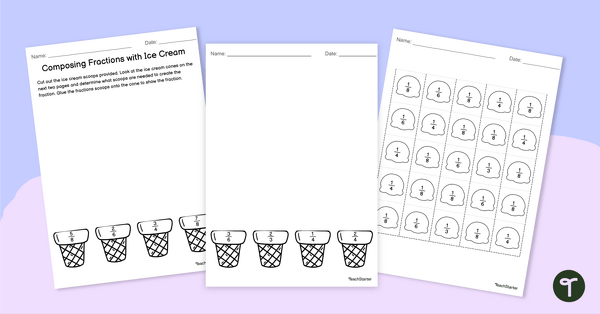
Composing Fractions – Cut and Paste Worksheet
Get your students composing fractions out of ice cream scoops with this cut-and-paste worksheet perfect for your next fractions lesson.
- Free Plan
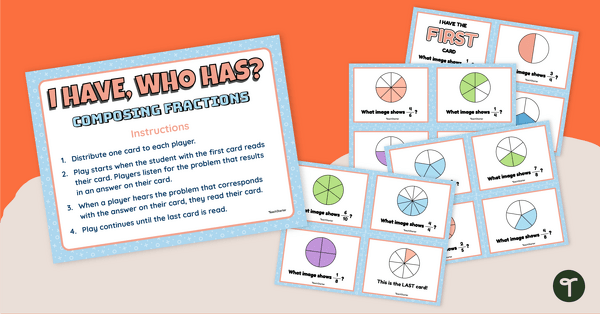
I Have Who Has? Game – Composing Fractions
Get your students to compose fractions with an engaging whole-class game perfect for lesson warm-ups or wrap-ups!
- Plus Plan
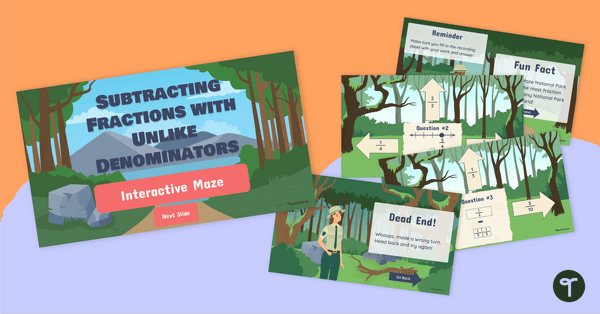
Subtracting Fractions with Unlike Denominators Interactive Maze
Get your students to subtract fractions with unlike denominators to find their way out of the digital maze!
- Plus Plan

Unit Fraction Teaching Slides
Teach your students all there is to know about unit fractions using this detailed set of teaching slides.
- Plus Plan
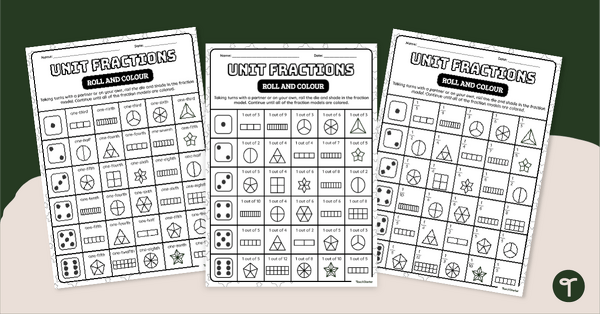
Unit Fraction Roll and Color Activity
Create a fun learning environment with this roll and color unit fractions printable activity sheet.
- Plus Plan

Unit Fraction Bingo
Play a game of Bingo with your students to practice their knowledge of unit fractions.
- Plus Plan
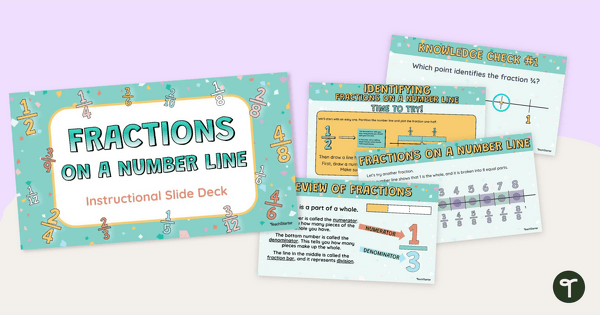
Fractions on a Number Line - Instructional Deck
Teach your students how to identify and work with fractions on a number line with an interactive, explicit instructional teaching presentation.
- Free Plan
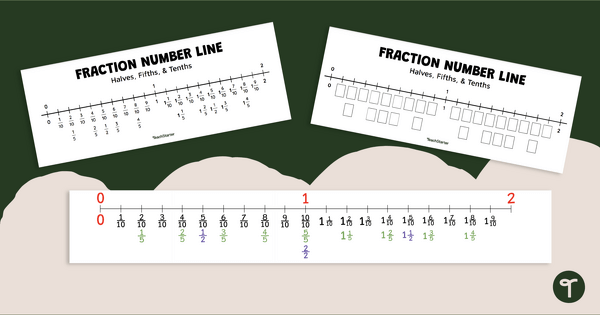
Fractions on a Number Line - Halves, Fifths, and Tenths
Demonstrate the concept of fractions on a number line with a printable fraction number line display and student reference sheets.
- Plus Plan
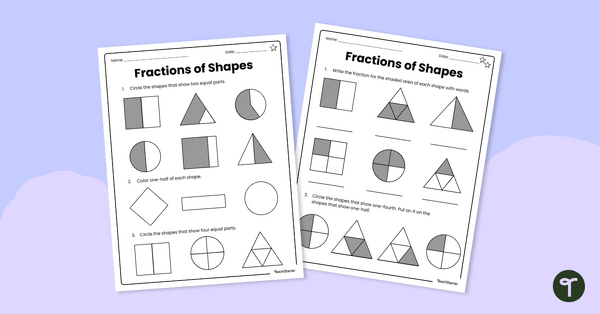
Fractions of Shapes – Differentiated Worksheets
Practice recognizing halves and fourths with this differentiated basic fractions worksheet for 1st and 2nd grade.
- Free Plan

Unit Fractions – Deck of Cards
Use this deck of 30 cards to practice different concepts with unit fractions.
- Free Plan
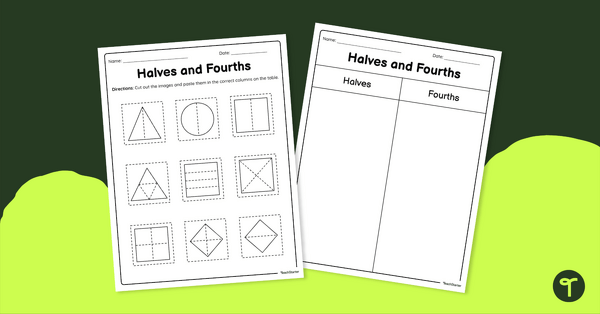
Halves and Fourths – Cut and Paste Worksheet
Practice sorting objects partitioned into halves and fourths with this cut-and-paste worksheet.
- Free Plan
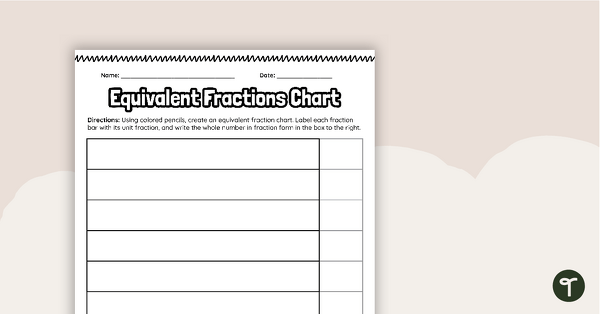
Equivalent Fractions Chart - Blank
Encourage students to create their own equivalent fraction chart with this printable math template.
- Plus Plan
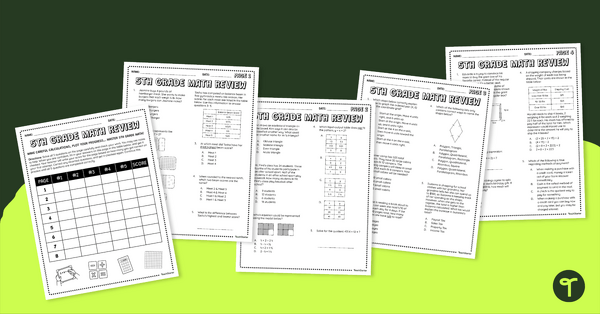
5th Grade Math Review – Test Prep Packet
Encourage your students to work through 8 pages of 5th-grade math problems while charting their progress to measure their success.
- Plus Plan

Unit Fractions – Poster Pack
Display unit fraction models with this set of 6 classroom posters.
- Plus Plan
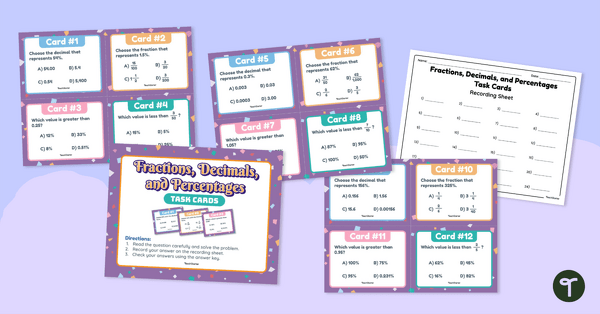
Fractions, Decimals, and Percentages – Task Cards
Practice converting percentages into decimals and fractions with this set of 24 task cards.
- Plus Plan
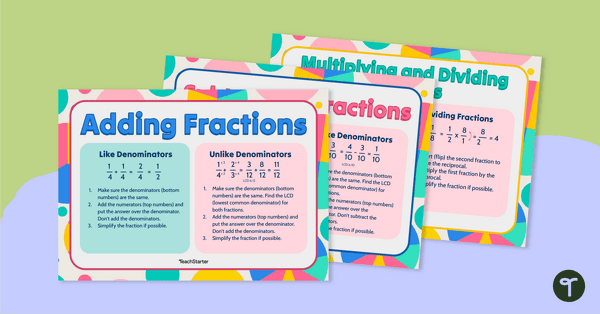
Adding, Subtracting, Multiplying, and Dividing Fractions Anchor Charts
Display these fractions anchor charts in your classroom to remind your students how to perform operations with like and unlike fractions.
- Plus Plan
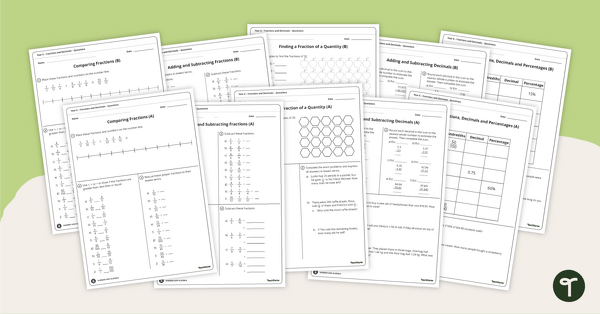
Fractions, Decimals and Percentages Worksheets
Use these fractions, decimals and percentages worksheets in your upper elementary classroom for independent practice or as an assessment activity.
- Plus Plan

Fractions and Decimals Assessment
Assess students' knowledge of various decimals and percentages concepts with this four-page worksheet.
- Plus Plan
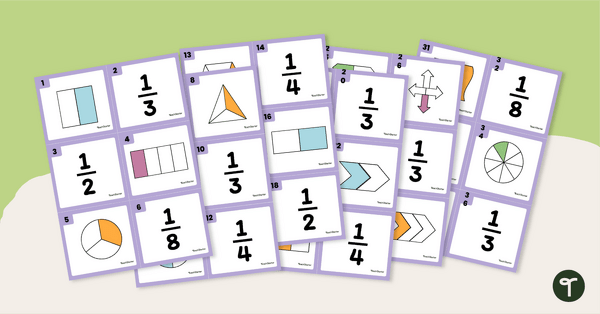
Unit Fraction Match Task Cards
Explore unit fractions with your students using this unit fraction match template that can be used for a variety of classroom activities.
- Free Plan
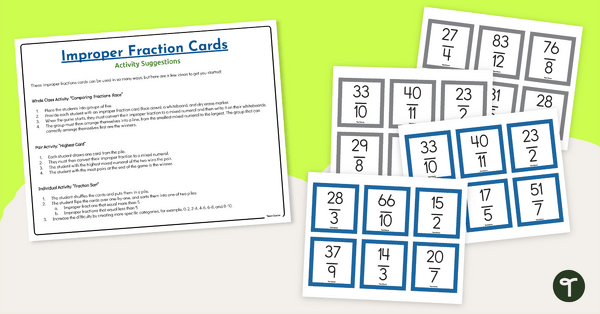
Improper Fractions Activity Cards
Provide these improper fractions activity cards to your students to give them a variety of ways to practice converting improper fractions to mixed numbers.
